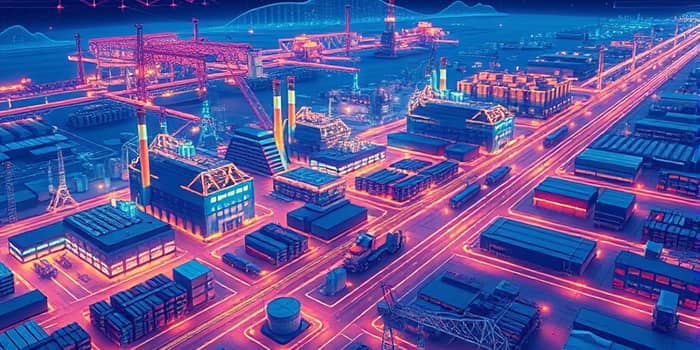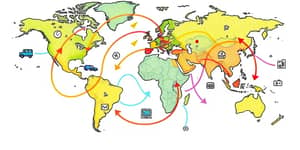
The global manufacturing landscape has faced unparalleled challenges in recent years, from pandemic-induced shutdowns to cascading logistics failures. Factories that once operated seamlessly found themselves stalled, revealing the critical importance of a reinforced supply network.
As industries rebound and adapt, the path forward lies not in simply restoring old procedures, but in building systems capable of thriving amid uncertainty. Rapid recovery from unexpected disruptions is no longer optional—it is a strategic imperative.
Supply chain normalization refers not merely to a return to pre-crisis baselines, but to establishing greater resilience, agility, and adaptability within procurement, production, and distribution processes. A normalized supply chain withstands shocks, supports continuous operations, and evolves in real time.
By embedding robust protocols, companies can shift from reactive firefighting to proactive management, ensuring each node in the network aligns with long-term strategic goals.
In manufacturing, the supply chain is the lifeblood of uninterrupted industrial output, feeding raw materials and components into assembly lines around the clock. Any disruption can ripple across operations, causing downtime, cost overruns, and reputational damage.
When normalized, this network slashes delays, improves lead-time accuracy, and empowers companies to fulfill orders with speed and reliability, thus strengthening customer trust and market position.
Global crises—from the COVID-19 pandemic to natural disasters and geopolitical tensions—have exposed vulnerabilities in just-in-time and lean manufacturing models. Overreliance on single suppliers and opaque processes left many manufacturers scrambling.
These disruptions catalyzed a shift toward systems that not only recover swiftly but also anticipate potential failure points, driving the industry toward a future of robust, interconnected operations.
Implementing normalized processes yields a spectrum of advantages spanning cost, quality, and strategic agility.
Concrete statistics highlight the strategic weight of normalized supply chains in industries critical to economic security. According to the U.S. Department of Energy:
This concentration underscores the urgency of diversification and backup planning to avoid singular dependencies on key raw materials.
When normalized processes ensure reliability and quality, manufacturers can reallocate resources toward research and development, catalyzing breakthrough innovations. A supply chain that operates with precision and predictability lays the foundation for solid foundation for innovation and growth that drives product evolution and process optimization.
Countries such as South Korea and Taiwan have leveraged targeted public investments in key sectors—notably semiconductors—to build competitive advantages. This approach yields substantial capacity gains and fosters multiplier effects on technology development, bolstering employment and national resilience.
Effective normalization addresses vulnerabilities both within and beyond the factory gates.
Organizations can adopt multiple levers to forge resilient, transparent supply networks:
Looking ahead, supply chain normalization will intersect closely with environmental, social, and governance (ESG) objectives. Manufacturers are embedding sustainability into their core strategies, reducing carbon footprints and enhancing social impact.
By coupling normalized processes with ethical sourcing and greener logistics, organizations can achieve a dual mandate: driving operational excellence while advancing corporate responsibility.
Supply chain normalization is more than a reactive measure—it is a transformative vision that powers resilient, efficient, and innovative industrial production. Organizations embracing resilient, agile, and sustainable supply networks will lead markets, outperform competitors, and safeguard against future uncertainties.
In an era defined by constant change, those who champion normalization will shape a future where production flows without interruption, quality remains unwavering, and growth is both sustainable and secure.
References













